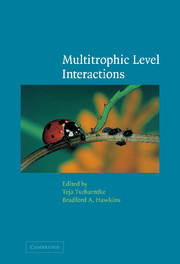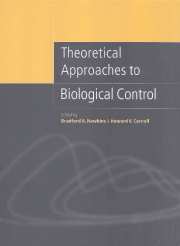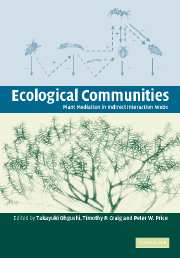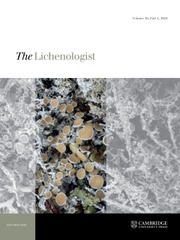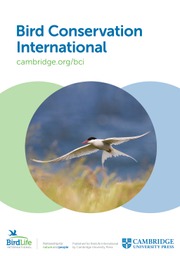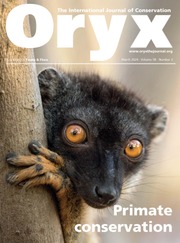Multitrophic Level Interactions
The multitrophic level approach to ecology addresses the complexity of food webs much more realistically than the traditional focus on simple systems and interactions. Only in the last few decades have ecologists become interested in the nature of more complex systems including tritrophic interactions between plants, herbivores and natural enemies. Plants may directly influence the behaviour of their herbivores' natural enemies, ecological interactions between two species are often indirectly mediated by a third species, landscape structure directly affects local tritrophic interactions and below-ground food webs are vital to above-ground organisms. The relative importance of top-down effects (control by predators) and bottom-up effects (control by resources) must also be determined. These interactions are explored in this exciting volume by expert researchers from a variety of ecological fields. This book provides a much-needed synthesis of multitrophic level interactions and serves as a guide for future research for ecologists of all descriptions.
- Provides a synthesis of the field of multitrophic level interactions for the first time
- Looks at both top-down and bottom-up effects, addressing true complexity of food webs
- Topics in the book were specially selected to provide a rounded and comprehensive review of the subject
Product details
March 2002Hardback
9780521791106
284 pages
229 × 152 × 19 mm
0.636kg
29 b/w illus. 5 tables
Available
Table of Contents
- 1. Multitrophic level interactions - an introduction T. Tscharntke and B. A. Hawkins
- 2. Plant genetic variation in tritrophic interactions J. D. Hare
- 3. Multitrophic/multi-species mutualistic interactions: the role of non-mutualists in shaping and mediating mutualisms J. L. Bronstein and P. Barbosa
- 4. Tritrophic interactions in tropical and temperate communities L. A. Dyer and P. D. Coley
- 5. Endophytic fungi and interactions amongst host plant, herbivores and natural enemies S. H. Faeth and T. L. Bultman
- 6. Multitrophic interactions in space: metacommunity dynamics in fragmented landscapes S. van Nouhuys and I. Hanski
- 7. The chemical ecology of plant-caterpillar-parasitoid interactions T. C. J. Turlings, S. Gouinguené, T. Degan and M. E. Fritzsche-Hoballah
- 8. Canopy architecture and multitrophic interactions J. Casas and I. Djemai
- 9. Tritrophic below- and above-ground interactions in succession V. K. Brown and A. C. Gange
- 10. Multitrophic interactions in decomposer food webs S. Scheu and H. Setälä
- Index.

